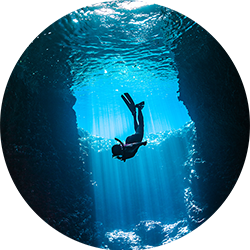Rurrenabaque


- 4D/3N
- Rurrenabaque

- 4D/3N
- Rurrenabaque

- 3D/2N
- Uyuni
Sucre

Potosi

Madidi

Other Attractions
.jpg?w=753&h=450&dpr)
Isla Incahuasi, located in Bolivia’s vast Salar de Uyuni, is a rocky outcrop covered with towering cacti, offering breathtaking panoramic views of the salt flats. This unique island, formed from ancient coral, provides a striking contrast to the endless white expanse, making it a must-visit destination for travelers exploring the region.
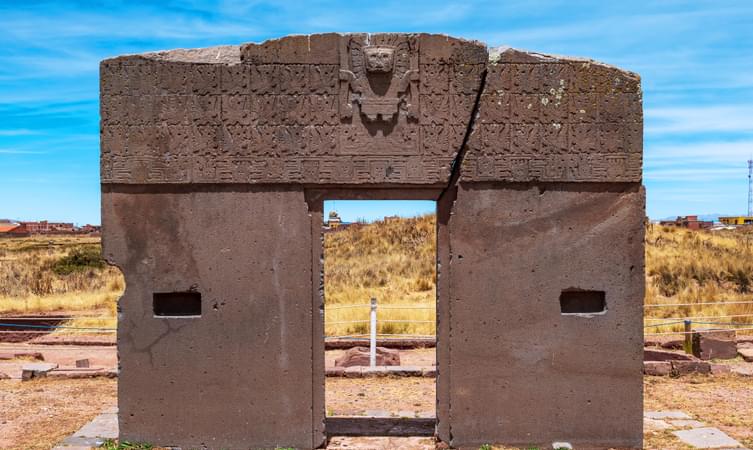
Tiwanaku, Bolivia, is an ancient archaeological site and the remains of a powerful pre-Incan civilization. Known for its massive stone structures, intricate carvings, and the iconic Gateway of the Sun, it offers a glimpse into Andean history. This UNESCO-listed site is a must-visit for history and culture enthusiasts.
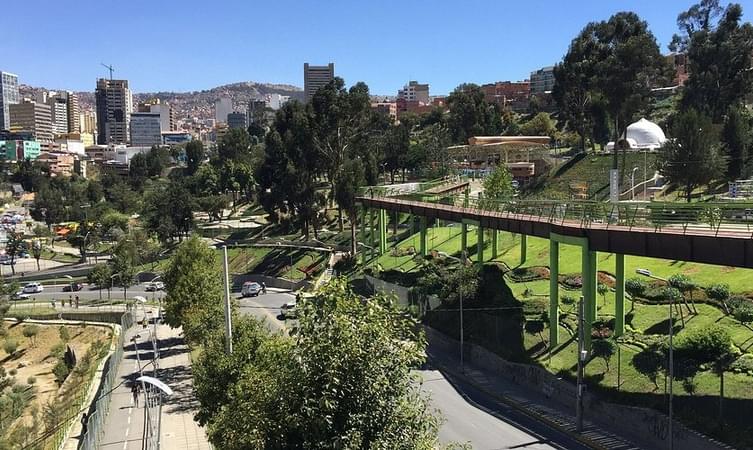
Parque Urbano Central, located in La Paz, Bolivia, is a vibrant green space offering a refreshing escape from the city's hustle. It features walking trails, recreational areas, and cultural events. The park serves as a hub for locals and tourists, promoting relaxation, sports, and community gatherings.
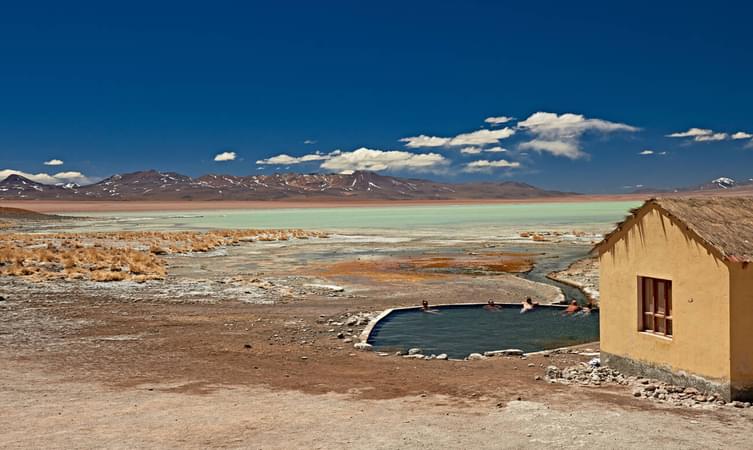
Polques Hot Springs is a natural geothermal wonder located in the Eduardo Avaroa Andean Fauna National Reserve in southwestern Bolivia. Nestled at an altitude of approximately 4,400 meters (14,435 feet) above sea level, the hot springs offer visitors a chance to relax in warm, mineral-rich waters while surrounded by breathtaking high-altitude landscapes.
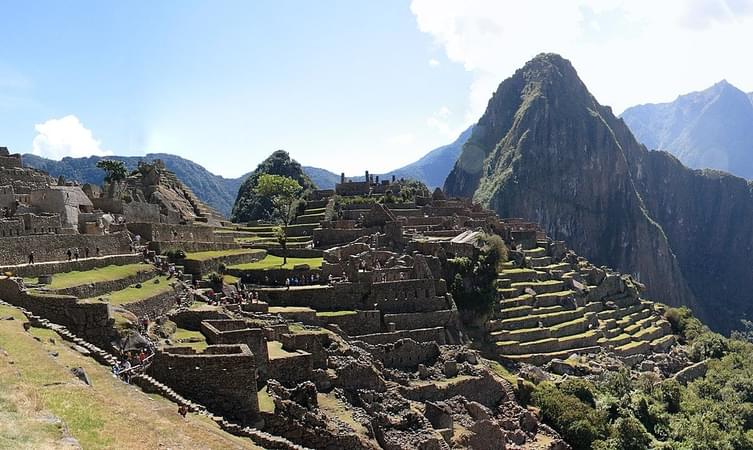
The Sacred Steps of the Inca in Peru are a testament to the engineering brilliance of the Inca civilization. These ancient stone staircases, found throughout the Andean mountains, connected important Inca sites such as Machu Picchu, Ollantaytambo, and the Sacred Valley.

The Church of San Lorenzo, located in the city of Potosí, Bolivia, is a historical and architectural landmark.
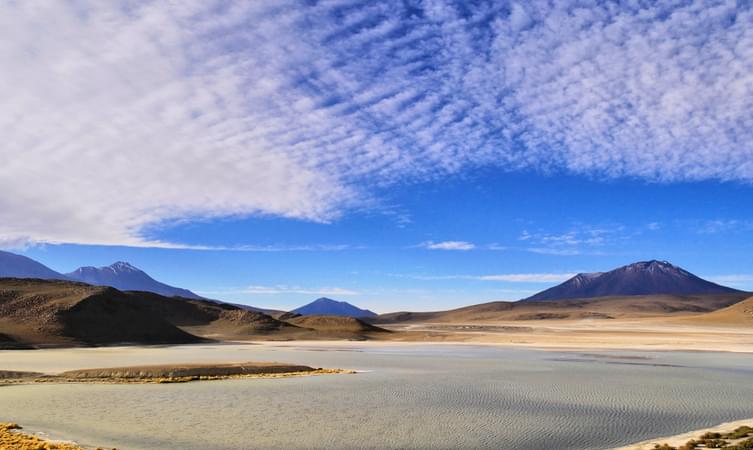
Laguna Ramaditas is a picturesque high-altitude lagoon located in the Andes Mountains, in the region of Coquimbo, Chile. Situated at around 3,000 meters above sea level, the lagoon is nestled in a stunning natural setting, surrounded by rocky terrain and hills, which contribute to its serene beauty.

The Church of San Bernardo is a historic Catholic church located in various parts of the world, with notable examples in Spain and Argentina. One of the most famous is the Church of San Bernardo in Salta, Argentina, known for its striking red-and-gold façade and towering bell tower. Originally constructed in the 16th century, the church has undergone several renovations, blending Baroque and Neoclassical architectural styles.
.jpg?w=753&h=450&dpr)
Laguna Hedionda is a stunning high-altitude salt lake in the Bolivian Altiplano, known for its vibrant wildlife and breathtaking landscapes. Located at an elevation of approximately 4,100 meters (13,450 feet) in the Eduardo Avaroa Andean Fauna National Reserve, this shallow lagoon is rich in minerals, giving its waters a distinctive yellowish-green hue. Its name, meaning "Stinking Lagoon," comes from the sulfuric smell due to the lake's high sulfur content.
Puma Punku
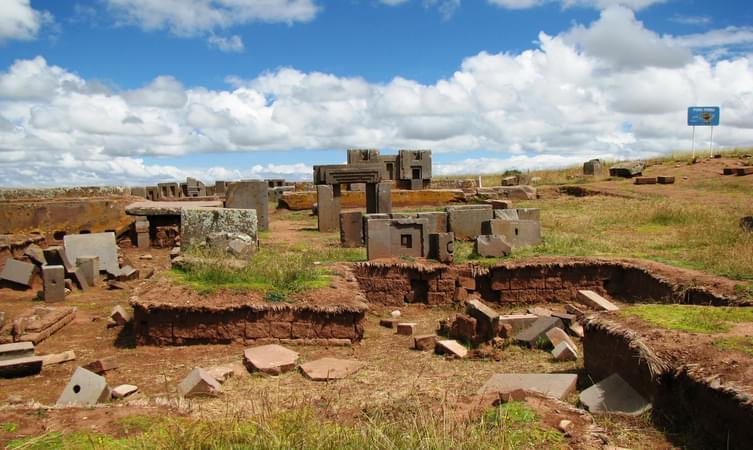
Puma Punku is an archaeological site located in western Bolivia, near the shores of Lake Titicaca. Part of the larger Tiwanaku complex, Puma Punku is renowned for its extraordinary and precise stonework.
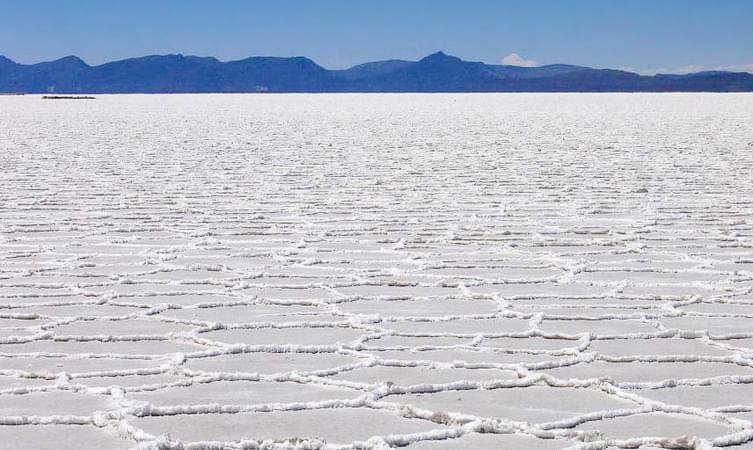
The Uyuni Salt Flat in Bolivia, also known as Salar de Uyuni, is the world's largest salt flat, spanning over 10,000 square kilometers. Formed from ancient prehistoric lakes, this breathtaking landscape features an endless expanse of white salt, creating a surreal, mirror-like reflection when covered with a thin layer of water.
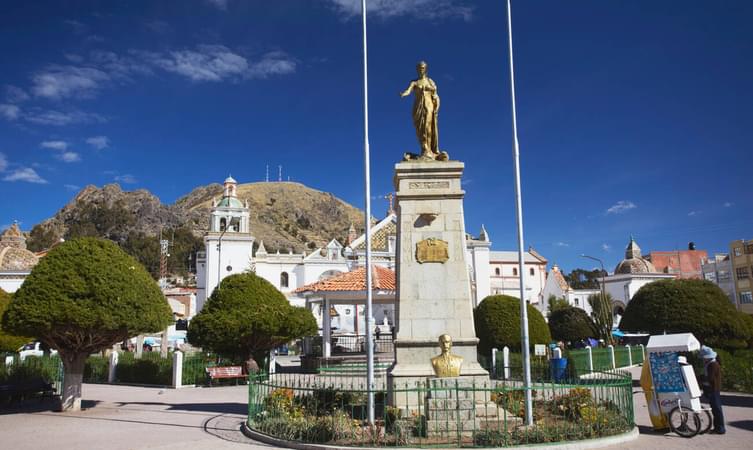
Copacabana Main Square, or Plaza 2 de Febrero, is the vibrant heart of Copacabana, Bolivia, a charming town nestled on the shores of Lake Titicaca. This picturesque square serves as a cultural and social hub, drawing both locals and tourists with its lively atmosphere and historical significance.
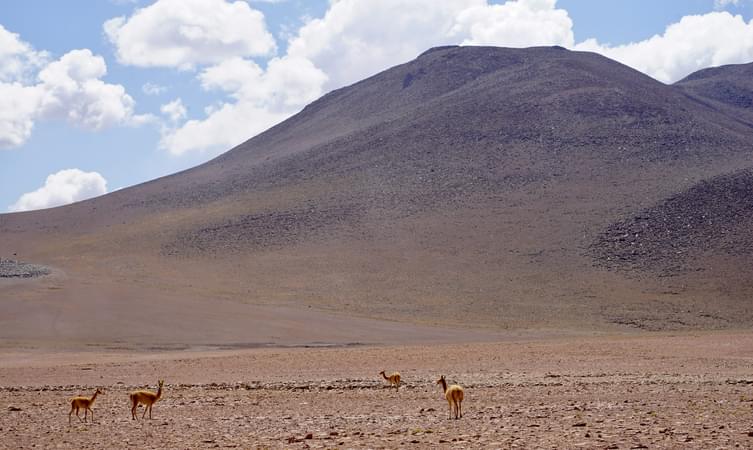
The Eduardo Avaroa Andean Fauna National Reserve, located in southwestern Bolivia, spans over 7,000 square kilometers.
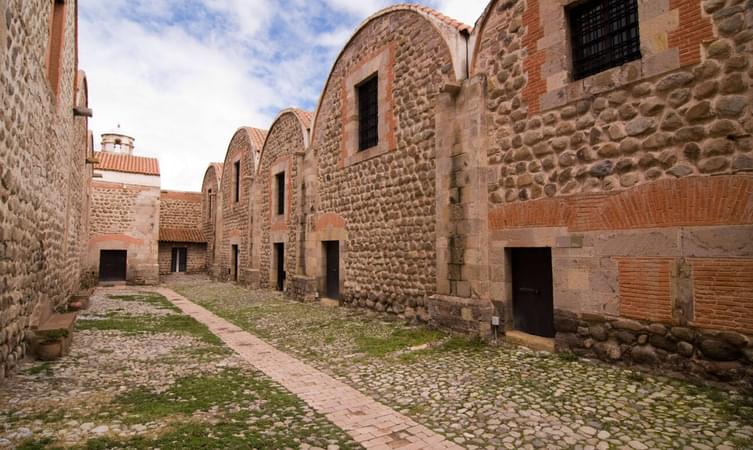
The National Mint of Bolivia (Casa Nacional de la Moneda) is a historic and cultural landmark located in Potosí, a city famous for its rich colonial history and silver mining heritage. Built in the 18th century under Spanish rule, the mint was originally used to process and mint silver coins from the legendary Cerro Rico mountain, one of the richest silver deposits in history. Today, the building functions as a museum, showcasing Bolivia’s numismatic history, colonial art, and industrial heritage.
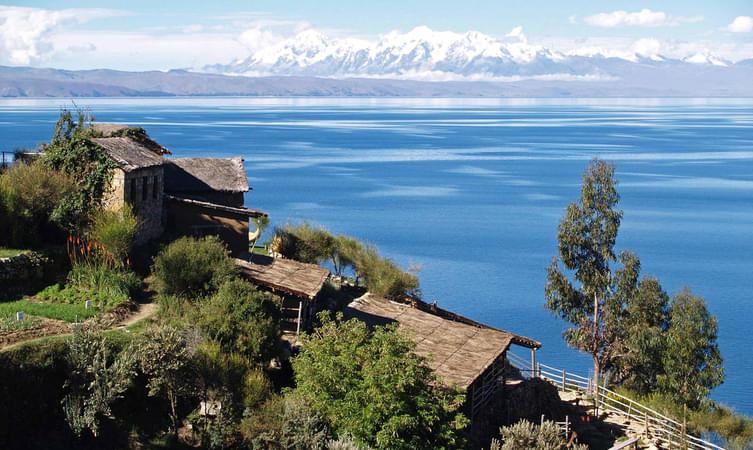
Lake Titicaca, the largest freshwater lake in South America, is located in the Andes on the border between Peru and Bolivia. Sitting at an altitude of 3,812 meters (12,507 feet) above sea level, it is considered the highest navigable lake in the world. The lake spans approximately 8,372 square kilometers (3,232 square miles) and has a depth of up to 281 meters (922 feet).
Isla del Sol

Isla del Sol is a beautiful island located on the Bolivian side of Lake Titicaca, one of the highest navigable lakes in the world. It holds significant cultural and historical importance, especially in Inca mythology, where it is believed to be the birthplace of the sun and the origin of the first Incas.
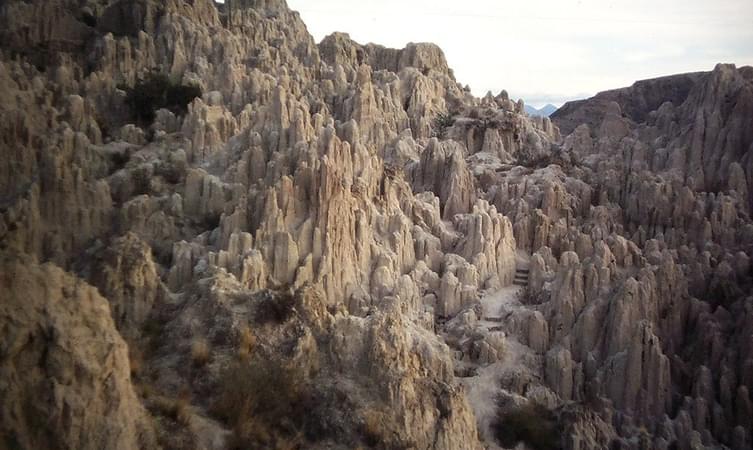
Valle de la Luna, or Moon Valley, is a stunning geological formation located about 10 km from La Paz, Bolivia. Its unique landscape, shaped by erosion over thousands of years, features towering spires and deep canyons, creating a surreal, almost lunar appearance. The site is open daily from 8:00 AM to 5:30 PM, with an entry fee of 15 Bolivianos (around $2 USD).
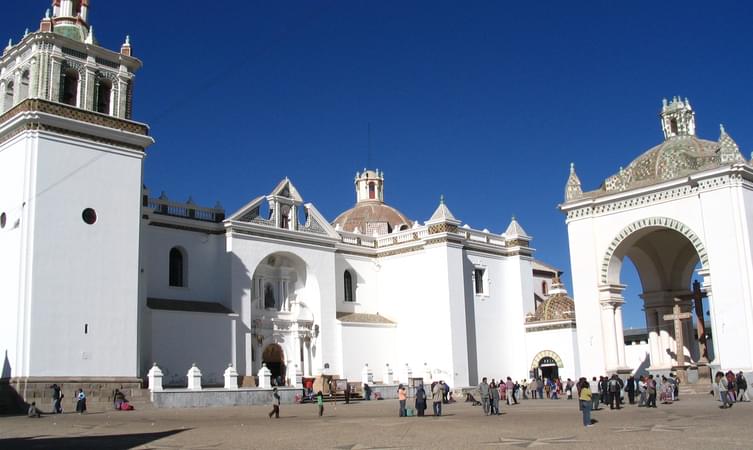
The Basilica of Our Lady of Copacabana is a revered religious site in Copacabana, Bolivia, near Lake Titicaca. Built in the 16th century, this stunning Spanish colonial-style church is dedicated to the Virgin of Copacabana, the patron saint of Bolivia. Its whitewashed walls, Moorish-style domes, and ornate interiors make it an architectural gem.


